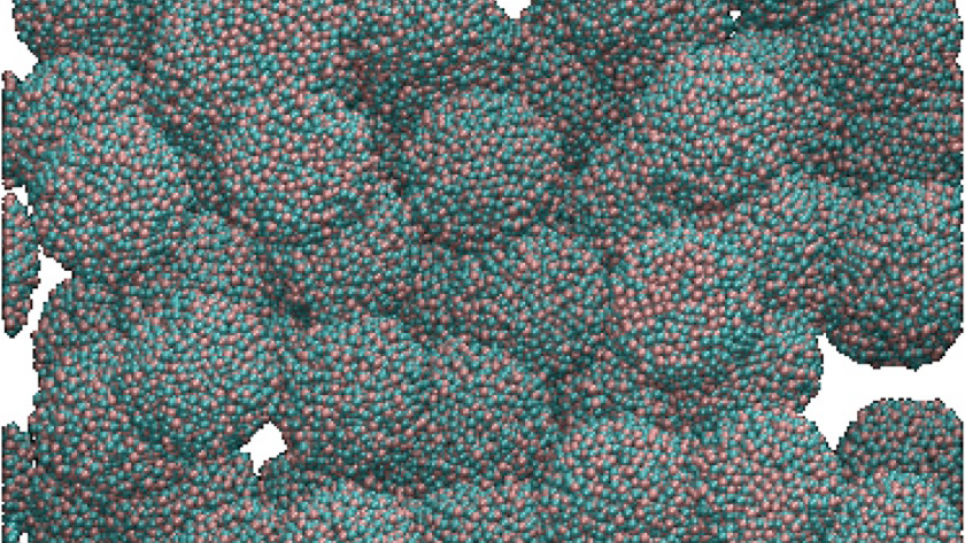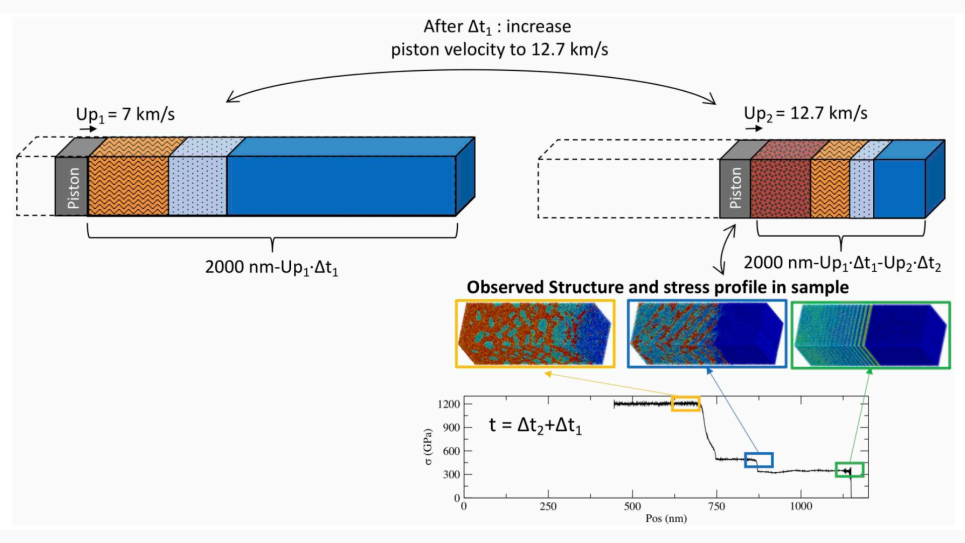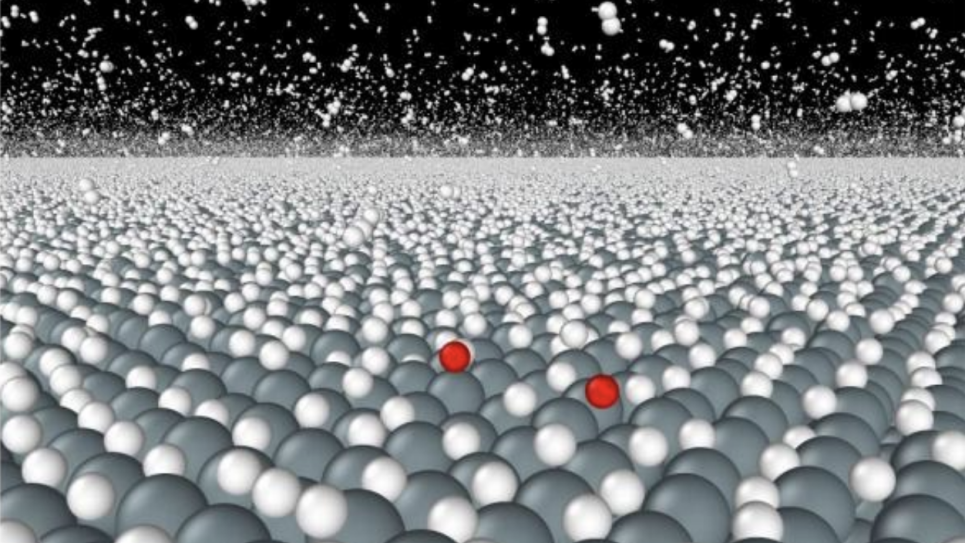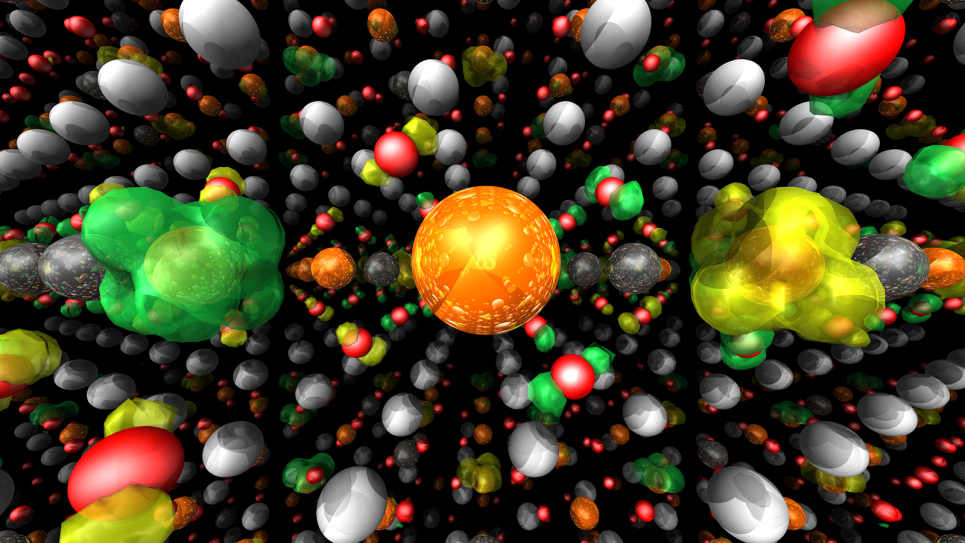
Reactive MD Simulations of Electrochemical Oxide Interfaces at Mesoscale
The main goal of this research is to understand, at atomistic and molecular levels, the growth mechanisms and transport phenomena occurring at and across electrochemical interfaces, through the use of large-scale reactive molecular dynamics (MD) simulations. Breakthroughs in the fundamental understanding of these interfaces are urgently needed for the design and development of novel materials for energy applications.
The team’s extensive expertise is in large atomistic-scale calculations of the interfacial properties of nanoscale materials, combined with the highly scalable LAMMPS and NAMD molecular dynamics software. This has placed them in the unprecedented position to address fundamental questions concerning electrochemical interfaces, in areas as diverse as materials synthesis and tribological interfaces.
The team has made significant advancements in understanding the dimensionality effects on the natural oxidation of iron nanoparticles, which are promising lithium-ion battery anodes. Earlier MD simulations in this area suggest that electric fields can form hollow oxide nanoparticles, which may lead to increased ionic mobility and more efficient energy transfer.
Working off of their molecular modeling of oxidation and corrosion, the team initiated a collaborative modeling effort between Argonne and the GE Global Research Center. Together, they will test the feasibility of using LAMMPS and a highly optimized version of the reactive force field approach, ReaxFF, to simulate hot corrosion, a sulfidation/oxidation process that affects aluminum and aluminum alloys, which is especially relevant to aircraft engines.
Continued development of these quantitative atomistic simulation models on the complexities of nanoscale corrosion problems will allow researchers to probe materials at finer levels of spatial resolution, while accurately capturing the dynamics of chemical reactions.


